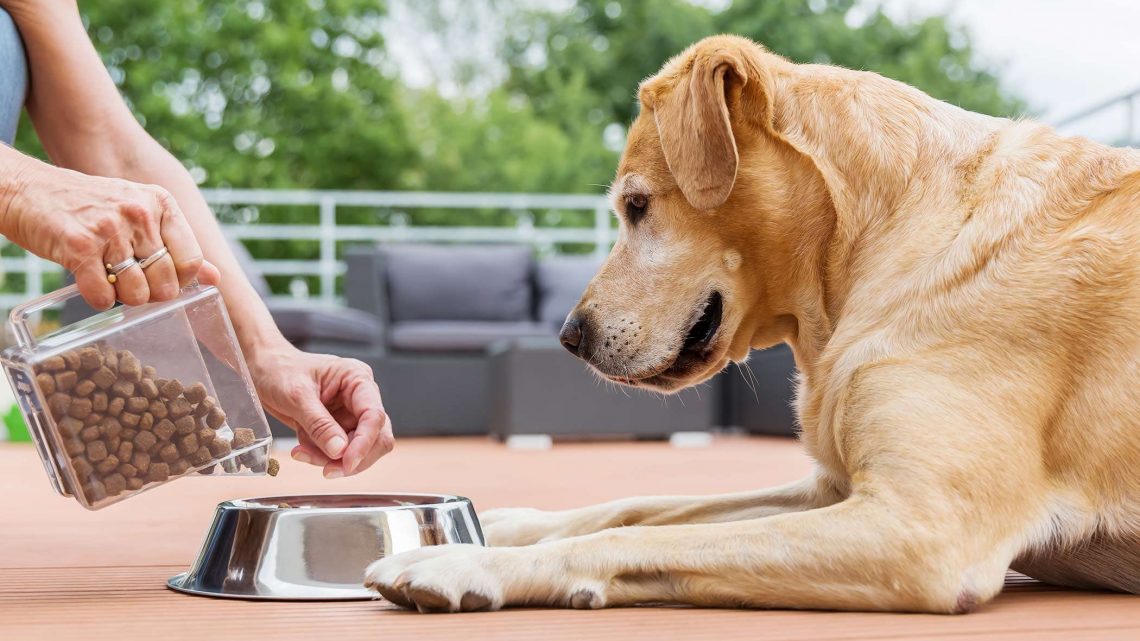
Dog food
ALL THE DOG PRODUCTS YOU NEED TO KEEP MAN’S BEST FRIEND HEALTHY, HAPPY AND FULL OF LIFE ARE RIGHT… HERE. from food and treats to beds, collars, and toys, our selection of dog supplies covers it all.
Obesity in dogs
Domesticated animals frequently feel like as much an aspect of the family as any other individual, but since of their way of life away from their regular habitat, they can experience the ill effects of the to some degree human medical problem of heftiness. An examination led in 2010 found that 59% of canines in the UK were overweight or stout – a stunning figure for canine proprietors who need the only wellbeing for their friend.
How to check if your dog is overweight or obese
There is a couple of straightforward checks that you can do at home to see whether your canine is overweight:
- Check in the event that you can see and feel the framework of your canine’s ribs – is there overabundance fat covering them?
- Take a gander at your canine from above – would you be able to see their waste?
- Look at your dog from the side – is their belly tucked up or hanging?
In the event that you can’t see your dog’s ribs or abdomen, or their stomach hangs, you should take them to the vet for advice. Additionally, in case you’re as yet uncertain about your dog’s weight, take them to the vet for a professional health check.
Understanding why your dog is overweight or obese

The most widely recognized reasons for canine weight are equivalent to those of the human issue. Fortunately for proprietors, the elements which lead to weight issues in canines are effectively preventable once you get them:
Too many treats?
Do you reward your canine’s acceptable conduct with food? While dog treats can help with training, they are frequently a lot higher in calories and fat than ordinary canine food. Fatty human food can likewise prompt weight issues in your canine – if a lot of it is terrible for you, a lot of it is awful for them!
Not enough exercise
Canines need exercise to keep up a solid weight – letting your pet go around in the garden for a couple of times daily isn’t sufficient to keep them fit and healthy. All dog breeds have distinctive exercise needs, for instance, terriers, despite the fact that they’re generally little, are enthusiastic and require comparable exercise regimes to Labradors. Despite the fact that for some smaller breeds a short stroll around the area will get the job done, more lively breeds should invest more energy out with you and will profit from physically demanding games like fetch.
The consequences of dog obesity
Heftiness is a genuine medical problem in canines, with over half of those in the UK experiencing weight issues. To comprehend the seriousness of canine overweight more fully, have a look at some of the conditions which can be the outcome:
- Greater risk from anaesthetic and surgical complications
- Heat intolerance
- Hormone problems
- Skin disease
- Urogenital disorders
- Diabetes
- Heart disease
- Cardio-respiratory disorders
- High blood pressure
- Cancers
- Arthritis
Sounds terrible, correct? Canine obesity isn’t something to be taken lightly– on the off chance that you think your pet is overweight and you don’t know how to address the problem, visit your neighborhood vet for help getting them down to a healthy weight.
How to keep your dog a healthy weight

If you’re worried about your pet’s weight, there are several easy changes you can make to ensure they stay healthy. If your dog is already overweight, it’s best to visit your vet for advice on the best way to start the process – losing weight too quickly isn’t safe for anyone, and it’s important that you help your pet to do so in the healthiest way possible.
Change your dog’s feeding habits
Right off the bat, take a look at the sort of food your canine is eating. For weight reduction, eats less which are wealthy in protein and low in fat are suggested on the grounds that they give the sentiment of being full and give basic energy.
To enable your canine to consume off calories, take a stab at partitioning your canine’s day by day food into a few littler eating times, and don’t take care of them past the point of no return around evening time whenever they won’t get an opportunity to go through the energy. It’s likewise basic that you don’t leave food lying around for your canine to get their paws on – your pet should just eat what is for them.
Increase exercise
As in people, canine stoutness can be fought successfully with expanded action through strolling, swimming, and playing. The measure of preparing that is suitable will change from breed to raise, yet simply taking your pet out for long strolls is an incredible spot to begin.
One approach to expand your canine’s movement levels is to consolidate a round of bringing while out strolling. Toss your canine’s ball much further with the assistance of a ball launcher – this simple to-utilize contraption makes tossing further simple and means you won’t need to contact the filthy ball with your hands.
For more data and exhortation about canine sustenance and taking care of and a guide for dog treats. In the event that you’d want to address someone eye to eye about your canine’s weight, discover your closest vet, and mastermind an arrangement.
The dangers of dog bones
Canines and bones have a well established affiliation, and are regularly imagined together. With such a verifiable connection it’s anything but difficult to expect that bones as a rule are alright for canines, however did you realize that there are heaps of do’s and don’ts when thinking about bone security? Realizing what to search for, and how to pick the best bone for your canine, is a significant piece of keeping your canine chewing joyfully.

The do’s and don’ts of bone safety:
Do
- Supervise your canine at whatever point they have been given a bone
- Watch how your canine chews – this can help choose if a harder or milder treat is best for them
- Separate dogs when giving them bones to reduce territorial conduct
- Remove your canine’s bone if it begins to break or gets shorter than your canine’s muzzle
- Give your canine a bone after a meal so they aren’t ravenous
- Just give your canine their bone for 10-15 minutes at a time to prevent dental scraped abrasion
Don’t
- Give your dog a bone on the off chance that they have had dental medical procedure
- Feed your canine short bones
- Permit your canine to bite on home cooked bones – these can fragment and cause agonizing inner wounds
- Feed any bones you can snap or splinter
![[object Object]](https://i1.adis.ws/i/petsathome/Dogbones-2.jpg?qlt=50&w=400)
The dangers of bones
Canines’ teeth are not intended to deal with crushing bones that are greater than those of their historical wild prey, in spite of the fact that they normally appreciate attempting! This implies chewing on exceptionally solid bones can prompt cracked teeth. Pieces of bone that sever or splinter can likewise make excruciating wounds the mouth and digestion tracts, and little pieces of bone or huge lumps can cause genuine blockages.
Sadly, all canines chew distinctively so it’s difficult to suggest a bone that is sheltered and appropriate for explicit varieties or sizes. As a canine proprietor, it’s imperative to observe how your pet bites and associates with an unresolved issue and decide whether utilizing bones as a treat is appropriate for them.
How to pick the perfect bone
- Think about how smooth is the bone. Surfaces that are unpleasant or rough are bound to make injury the mouth.
- Check for the presence of little pores on the bone’s surface or pallor when scratched – these are signs that the bone may fragment effectively and should be avoided
- Pick a bone that is bigger than the length of your canine’s gag to keep them from gulping down it.
- Crude bones may contain bacterial, for example, salmonella which can make your canine sick.
- Delicate bones are more secure for teeth, however are bound to break into lumps or splinter and cause inward harm. Then again, hard bones may take more time to separate, however, are bound to cause dental injury. Have a consider how your canine bites to help choose what kind of bone will be most secure for them.









